The Mirage:
Peruvian air force livery
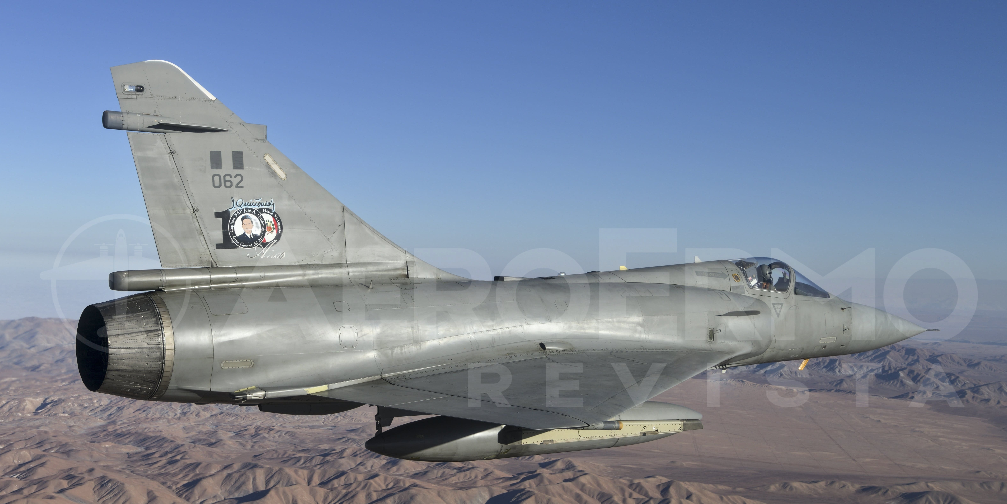
The Dassault Mirage 2000 is a French multirole, single-engine, delta wing, fourth-generation jet fighter manufactured by Dassault Aviation. It was designed in the late 1970s as a lightweight fighter to replace the Mirage III for the French Air Force (Armée de l'air). The Mirage 2000 evolved into a multirole aircraft with several variants developed, with sales to a number of nations. It was later developed into the Mirage 2000N and 2000D strike variants, the improved Mirage 2000-5, and several export variants. Over 600 aircraft were built and it has been in service with nine nations.
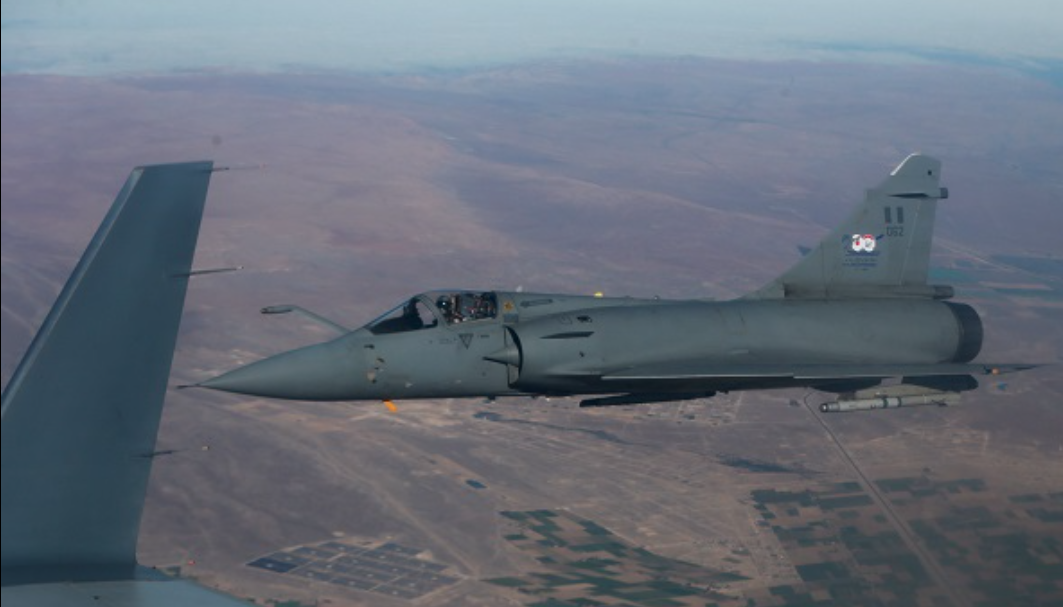
Design :
The Mirage 2000 is a supersonic combat aircraft of metal construction that shares the general delta-wing layout with the Mirage III, yet incorporates avionics advances that help overcome the latter's aerodynamic limitations. The aircraft's low-set, thin wing has a leading-edge sweep back of 58° and a trailing-edge forward sweep of 3.5°. The flight surfaces on the wings are composed of four elevons and four leading edge slats. A feature of the delta wing is that it offers a comparatively large wing area for a particular design, thereby reducing the wing loading. The wing on a Mirage 2000 has an area of 41 m2, giving it a wing loading of some 77 lb/sq ft at a takeoff weight of 33,000 lb, making it much more manoeuvrable than the F-15 and the similarly sized F-16, which has a wing loading of 110 lb/sq ft. At normal combat load, however, the wing loading reduces to 45 lb/sq ft. One related advantage of the delta-wing design, and especially the Mirage 2000's blending of the wing root and engine, is that it could accommodate more fuel, as the aircraft's internal fuel tanks can carry over 900 gallons of fuel, up more than 200 gallons over the Mirage III. The aircraft's fuselage is of traditional monocoque construction made of almost entirely of metal. The fuselage has been area-ruled to maintain a constant cross-sectional area along with the delta wing to minimise drag.[19]
The aircraft uses retractable tricycle landing gear by Messier-Dowty, with twin nosewheels and a single wheel on each main gear. A runway tailhook or a fairing for a brake parachute can be fitted under the tail, which can operate in conjunction with the landing gear's carbon brakes to shorten landing distances. A removable refueling probe can be attached in front of the cockpit, offset slightly to the right of centre.[19]
An airbrake is fitted above and below each wing in an arrangement very similar to that of the Mirage III. A noticeably taller tailfin allows the pilot to retain control at AoAs past 25°, assisted by the small strakes mounted along each air intake. Some composites have been used for the fins, rudder, elevons, and various access panels, giving a weight saving of some 100 kg. The Mirage 2000 has been noted for its superb handling, especially given its delta-wing design.[19]
Dassault engineers have embedded into the design a certain degree of relaxed stability as the centre of gravity, or neutral point, is placed ahead of the centre of pressure, enhancing maneuverability. It incorporates negative stability and fly-by-wire controls with four analog computers. As first demonstrated at the 1978 Farnborough Airshow, such designs, as well as the use of computer-controlled dynamic controls were capable of overcoming the delta-wing shortcomings related to poor low-speed control, while retaining the advantages, such as low drag, low radar cross section, ideal high-speed aerodynamics, and large internal volume, as well as simplicity, provided by the absence of horizontal tail surfaces.[19]
Its aircraft flight control system is fly-by-wire, with two distinct modes of operation.[20] The first allows for unrestricted operations within its full allowed flight envelope, and is used when carrying only air-to-air weapons. The second is used when carrying fuel tanks, air-to-ground munitions, or a mix of both. This second mode functions as a g-limiter, preventing heavier munitions from damaging the pylons that they are mounted on, and preventing them from potentially being pulled off of the pylons by excessive G-force.
gallery:
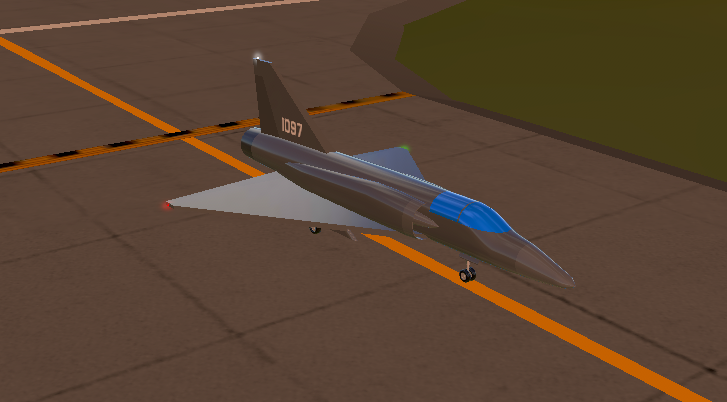
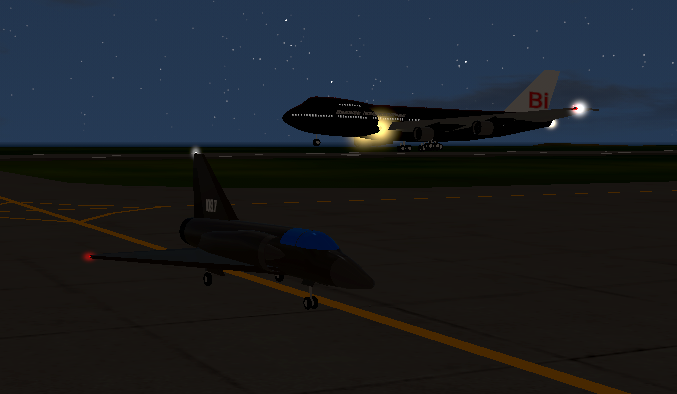
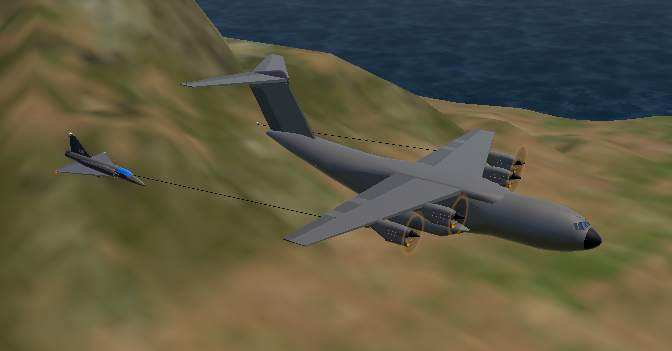
Specifications
General Characteristics
- Created On Android
- Wingspan 29.2ft (8.9m)
- Length 45.4ft (13.8m)
- Height 14.8ft (4.5m)
- Empty Weight 8,239lbs (3,737kg)
- Loaded Weight 15,619lbs (7,084kg)
Performance
- Power/Weight Ratio 0.719
- Wing Loading 35.1lbs/ft2 (171.5kg/m2)
- Wing Area 444.7ft2 (41.3m2)
- Drag Points 1894
Parts
- Number of Parts 69
- Control Surfaces 5
- Performance Cost 313

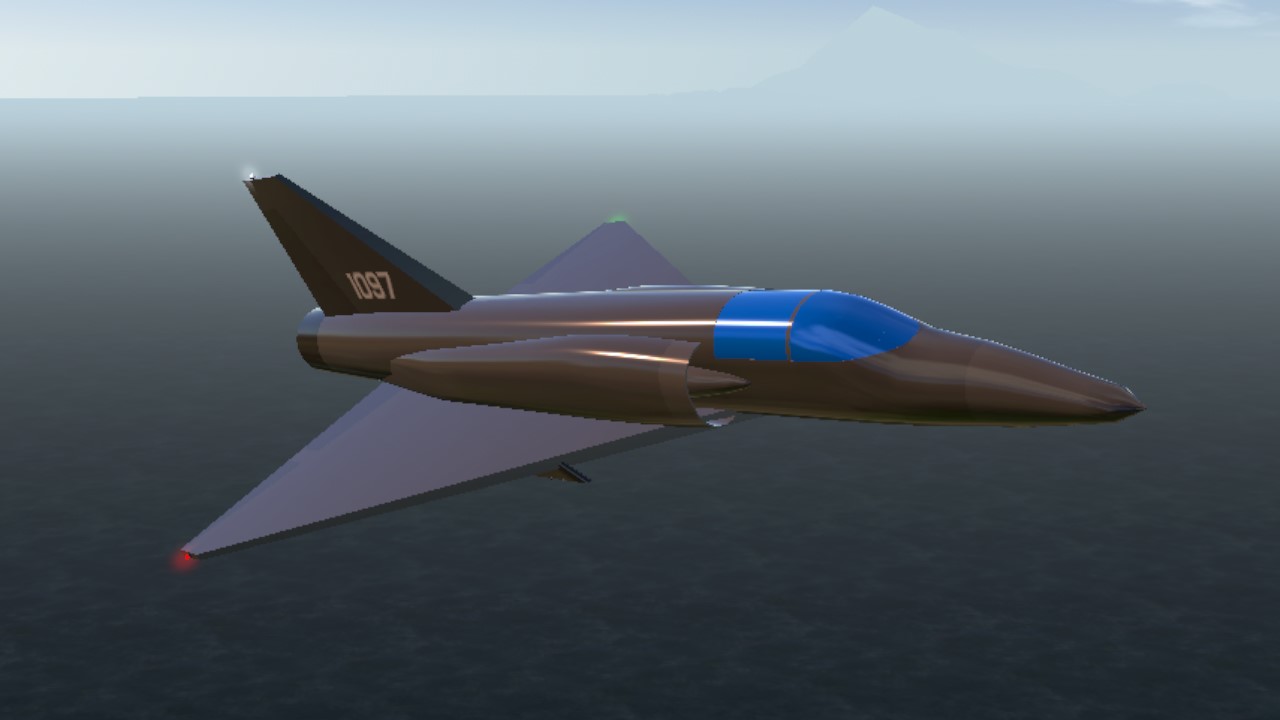
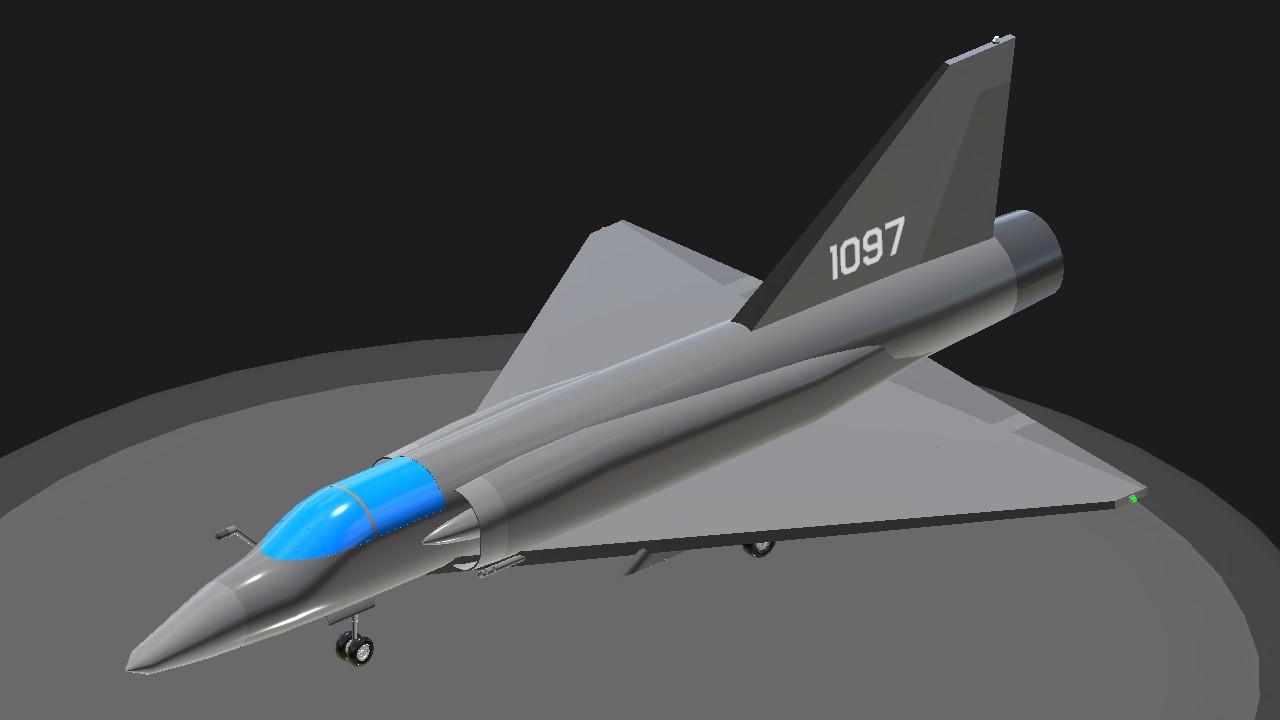
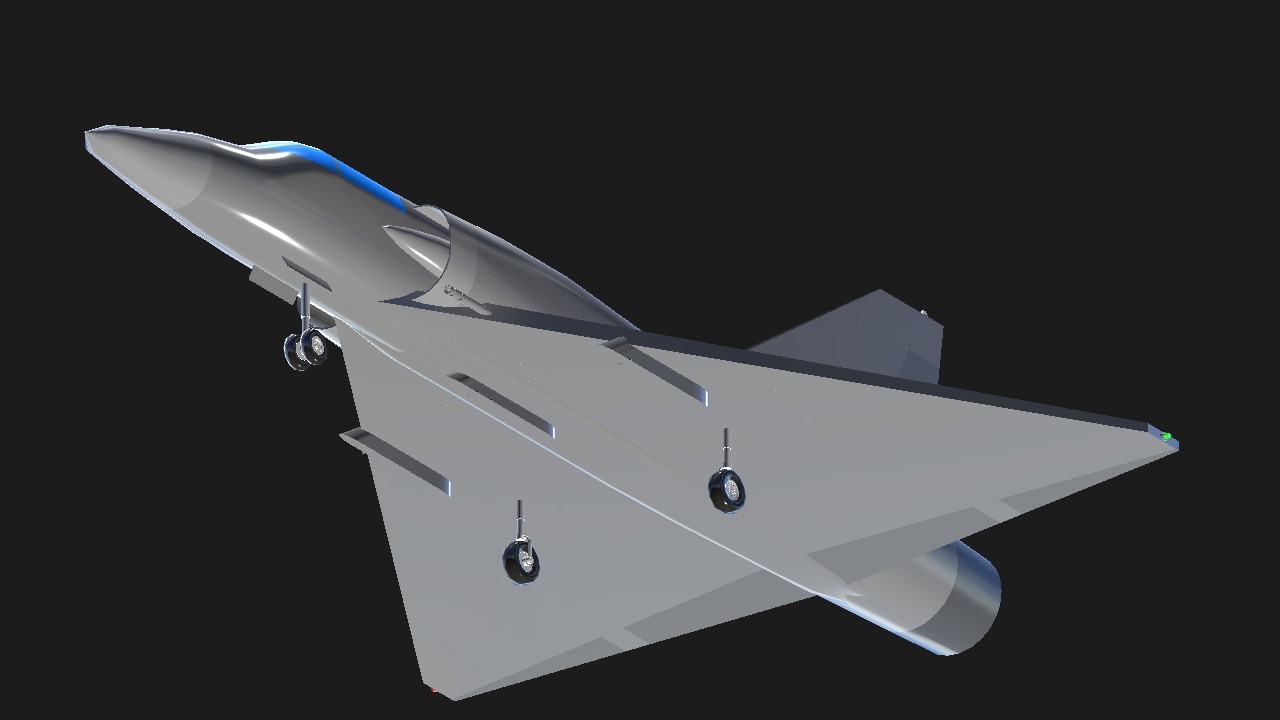
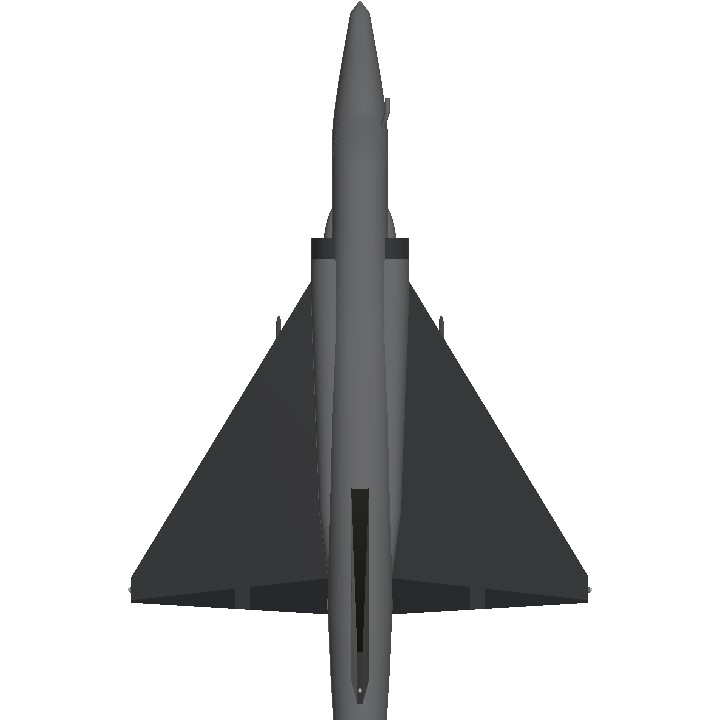
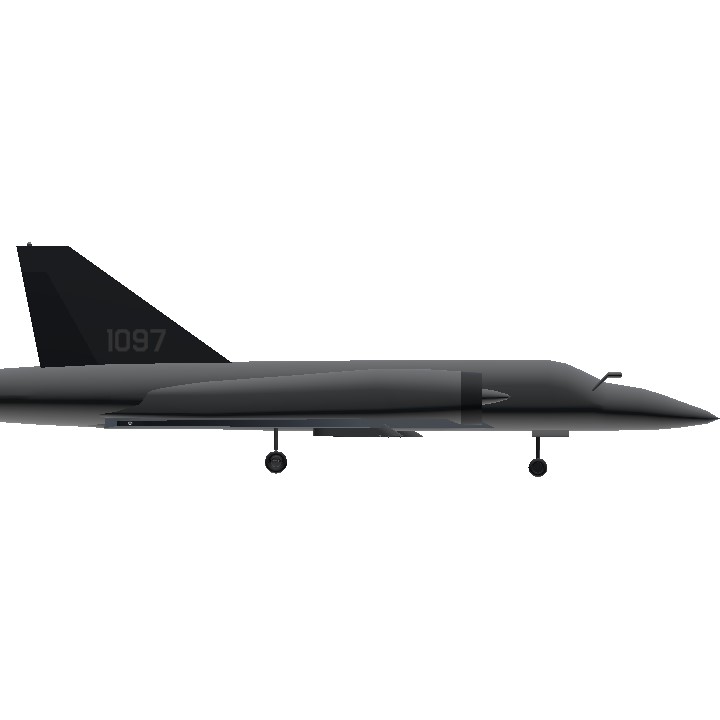
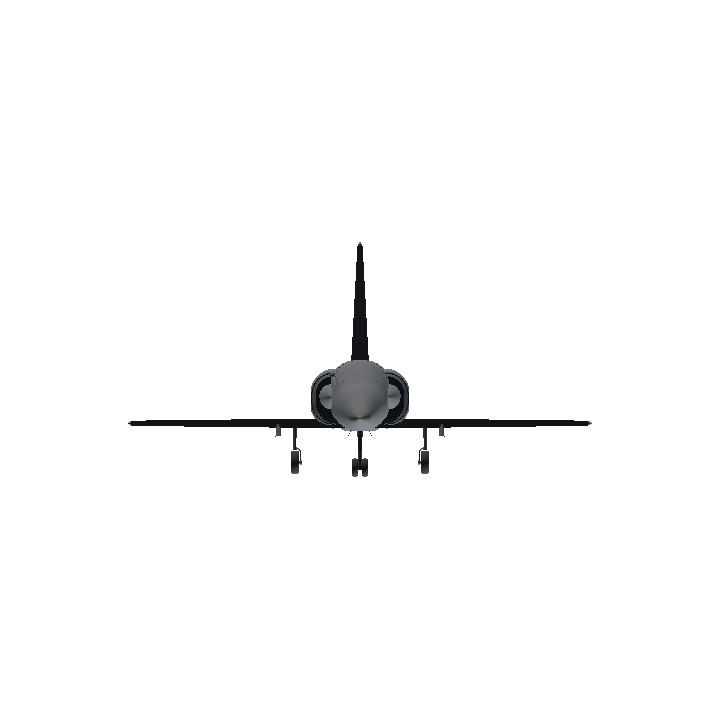
@UnitedinOne90 thank you!
keep up the work bro 👍🏼
Cool plane
OH BOY YOU GET AN E